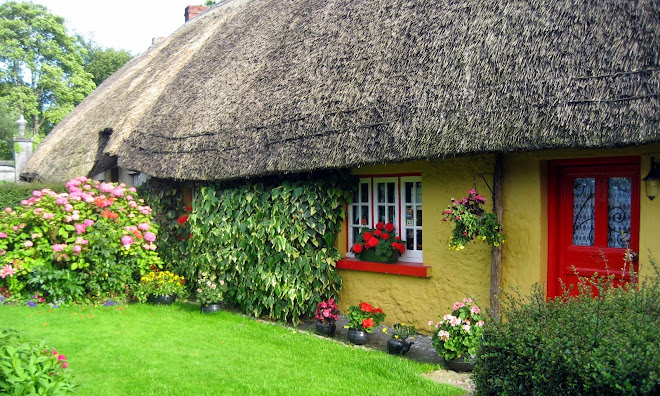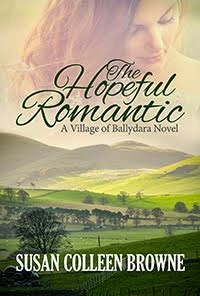Welcome
to the Little Farm
It was the Great Septic Blowout that did it.
That is, the event that inspired this “Little Farm”
sequel. As a novelist, I always figured my original Little Farm in the Foothills memoir would be my first, last and
only true-life book—a story about starting a small homestead in the Pacific
Northwest, and how my husband and I pursued our dream of moving to the country
for a simpler life. But when our septic tank very spectacularly belched a river
of sewage into our shop, I had an epiphany. Actually, after three days of
mucking out the mess and sanitizing everything in sight, and taking another full day to recover from the trauma, then I had my epiphany.
 |
| New Little Farm Book! |
Being a former city girl—moving out to the Cascade
Mountains’ Foothills as a germophobe cupcake gardener—I’d learned so much about
organic food-growing and coping with our new, more self-reliant life in the
country. Why not write a second book, to help other backyard farmers and food gardeners
avoid the same expensive and time-consuming boo-boos that John and I made?
Some of you may know me as my other persona—Susan
Colleen Browne, spinner of Irish tales in my Village of Ballydara series. But
when I’m not at my computer dreaming up Irish stories, I’m dressed in dirty
Carhartts and an ancient red Pooh Bear sweatshirt, immersed in running our little
corner of food-raising heaven, Berryridge Farm…
Later in the story…
One mild June afternoon, weeding my biggest strawberry bed,
I caught a funny smell. The merest whiff of…manure?
I looked over at the chickens, pecking away in the orchard.
We didn’t let the hens into our main yard, although we heard they were great
for your garden—fluffing up the soil with their scratching, and of course, “nutriating”
(as sustainable farmer Joel Salatin would say) the soil with their droppings.
We did let them in—once. After only a few minutes the hens had torn up a spot I
hadn’t wanted tearing up. When John and I tried to catch them, all four proved
to be masterful escape artists. After a half an hour of bird-chasing, we
finally caught them all, never to repeat the experiment again.
Now, I meandered over to John’s new shed site, where he was
framing in a wall. “I’m smelling something strange, near the septic tank,” I
told him. “Do you think we should like…get someone out to look at it?”
“I’m sure it’s fine,” he said. “We’ve got that extra-large
tank—it’ll be good for years.”
Well, what did I know about septic systems? John’s first
home with his former wife had a septic tank, and their system never gave them a
problem. Besides, this aroma was really faint. And I tend to be a little sensitive about smells. Chemical odors, fragrances in personal care
products, vehicle exhaust—not to mention the tiniest waft of wood smoke inside
the house—makes me cranky.
Taking a page from John, I
decided not to take the odor too seriously—it was the middle of strawberry
season. Between picking and putting up fruit, and trying to maintain the rest
of the garden with John away so often, I decided it was a waste of energy to
dwell on either the smell or its source...
As you've probably guessed, the septic tank wasn't fine... To read the rest of the book, you can request the print or ebook at your local library, or order the print book at your neighborhood bookstore. You can also find the ebook at your favorite online retailer!

